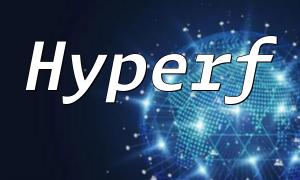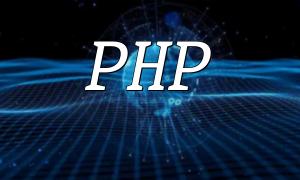PHP and XML: How to Parse SOAP Messages
Overview
SOAP (Simple Object Access Protocol) is a protocol for transmitting XML messages over a network, widely used in Web services and distributed systems. PHP provides a built-in SOAP extension to help developers handle and parse SOAP messages. This article will introduce how to parse SOAP messages using PHP, along with practical code examples.
Step 1: Install and Enable the SOAP Extension
First, make sure that the SOAP extension is installed and enabled in your PHP environment. This can be done in two ways:
Method 1: Modify the PHP Configuration File
Open the PHP configuration file (php.ini) and find the following line, then remove the comment symbol ";":
;extension=soap
Change it to:
extension=soap
Save the file and restart the web server to apply the changes.
Method 2: Enable the SOAP Extension via Command Line
Execute the following command in the terminal or command prompt:
$ php -d extension=soap your-script.php
This method will temporarily enable the SOAP extension when executing the script.
Step 2: Create a SOAP Client Object
In PHP, you can use the SoapClient class to create a SOAP client object and specify the WSDL file URL or the SOAP service endpoint URL. For example:
$client = new SoapClient("http://example.com/soap.wsdl");
Step 3: Call SOAP Methods and Parse the Response
Use the SOAP client object to call a SOAP method, pass parameters, and get the response:
$result = $client->someSoapMethod($parameters);
After a successful call, $result will contain the SOAP response. You can use the SimpleXMLElement class to parse the returned XML data:
$response = new SimpleXMLElement($result);
You can then access specific data through the $response object:
$value = $response->someNode->nodeValue;
Helper Function: Handling Namespaces
SOAP message nodes often have namespace prefixes, which need to be specially handled during parsing. Below is a sample function to handle namespaced nodes:
function parseNamespacedNode($node, $namespace, $nodeName) {
$namespacedNode = $node->children($namespace)->{$nodeName};
return (string) $namespacedNode;
}
Example usage:
$value = parseNamespacedNode($response, "http://example.com/namespace", "someNode");
Here, "http://example.com/namespace" is the namespace URL, and "someNode" is the target node name.
Conclusion
With PHP's SOAP extension and XML parsing capabilities, handling SOAP messages becomes easy. This article covered how to install and enable the SOAP extension, create a SOAP client object, call SOAP methods, and parse response data. We also provided helper functions for handling namespaces, which make it easier for developers to manage complex SOAP structures. Mastering these techniques will help you efficiently integrate SOAP-based Web services.
The example code provided is suitable for PHP developers who need to parse SOAP messages, and can be adjusted and expanded according to specific project requirements.









